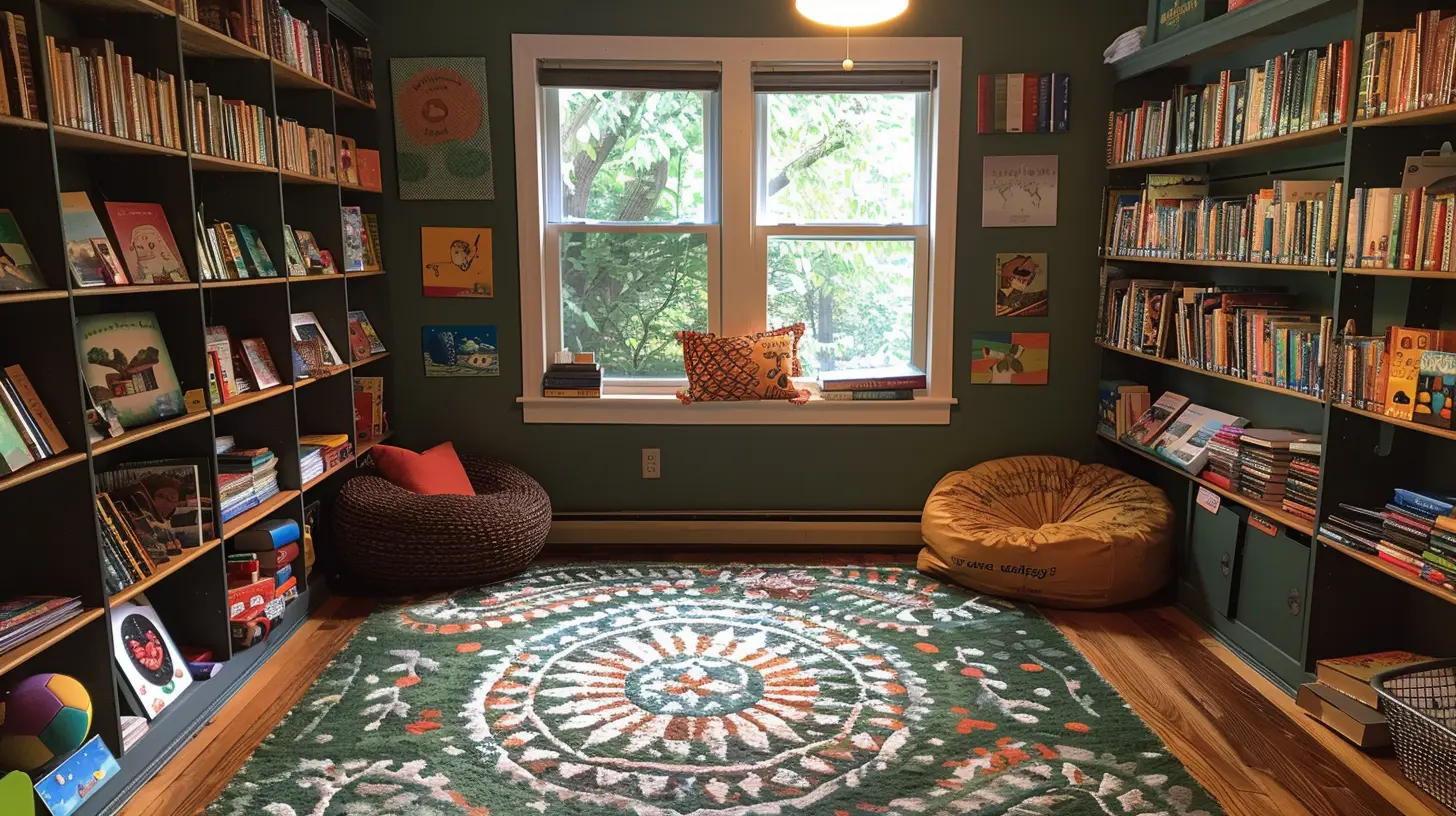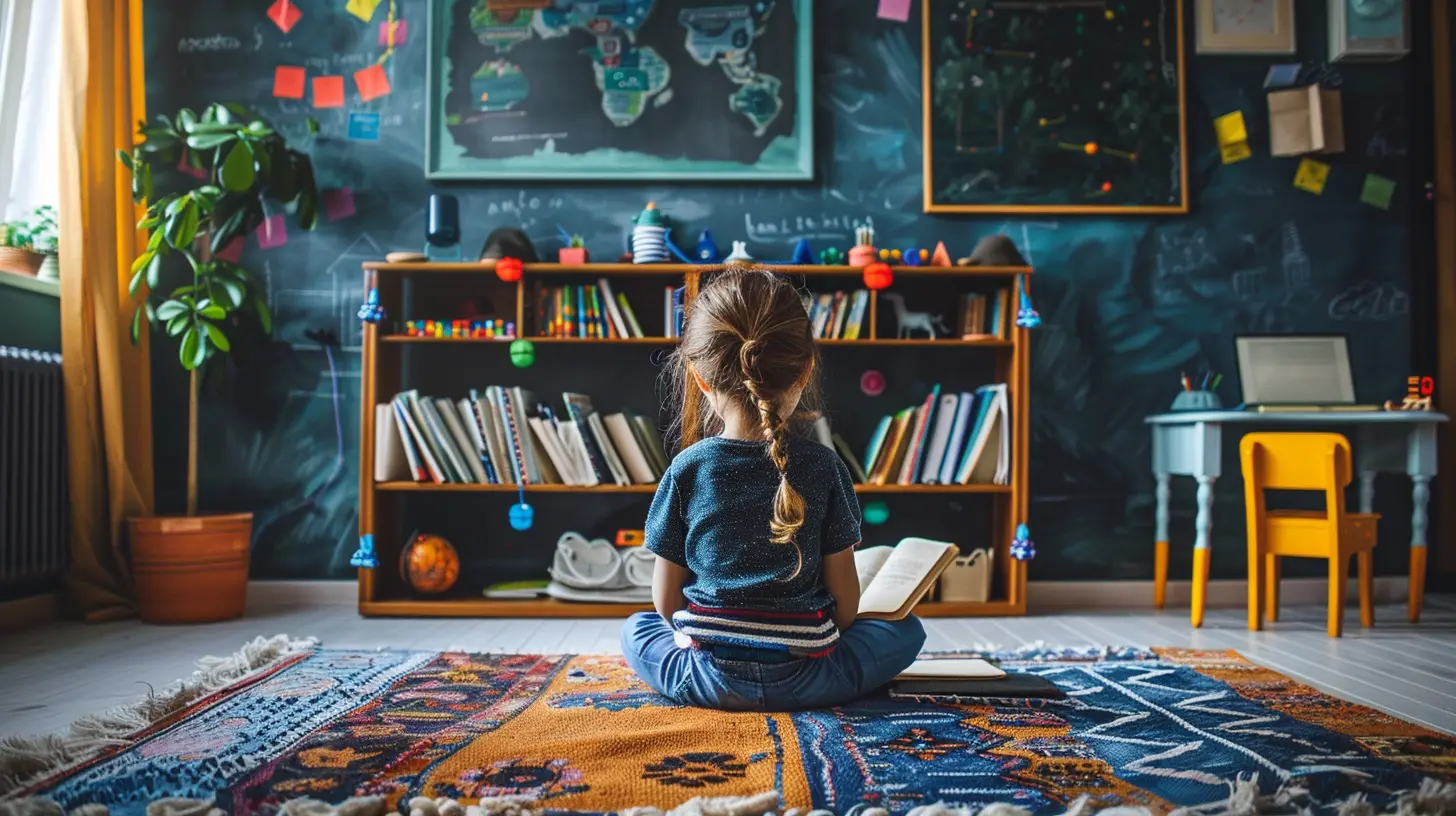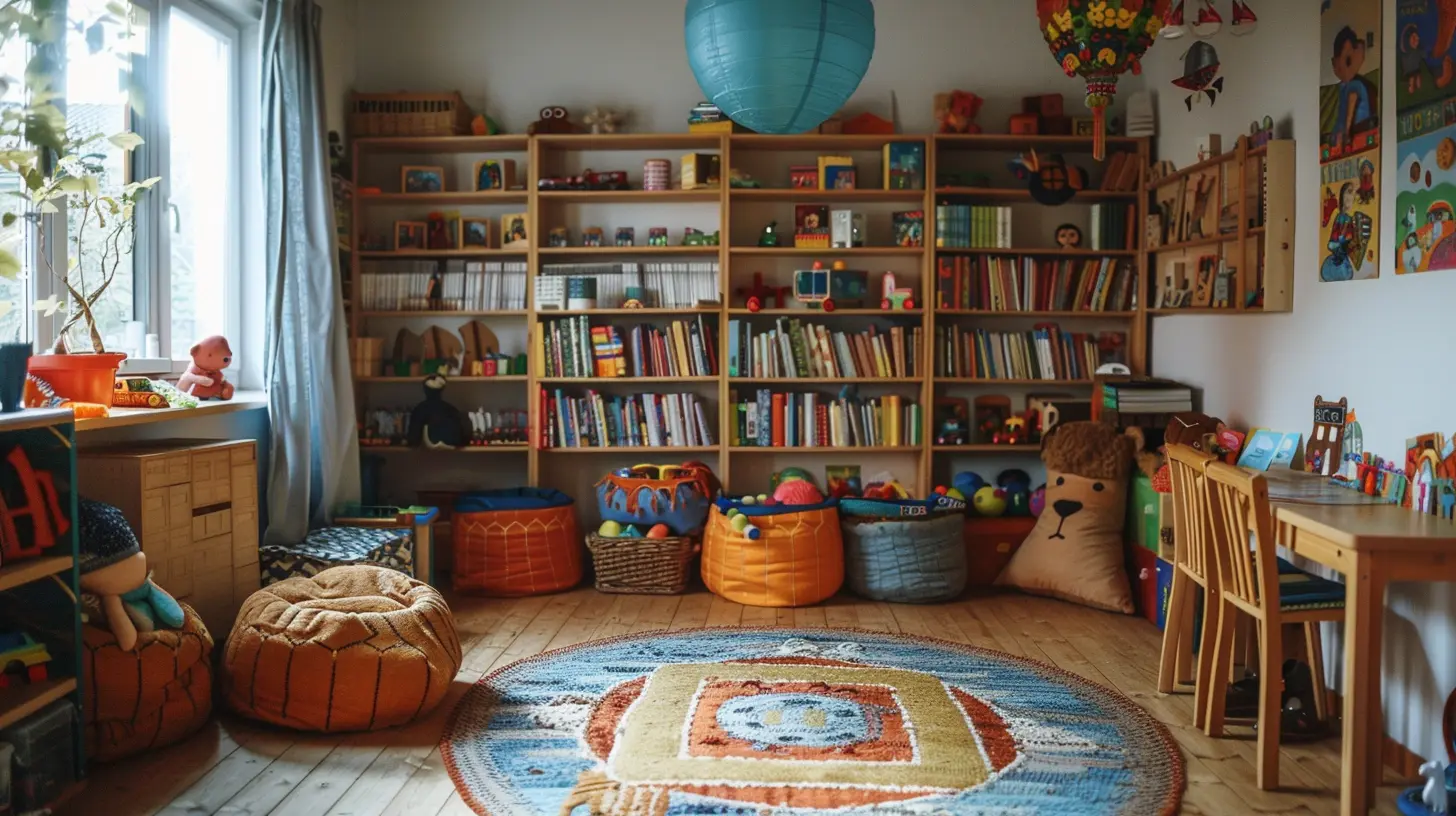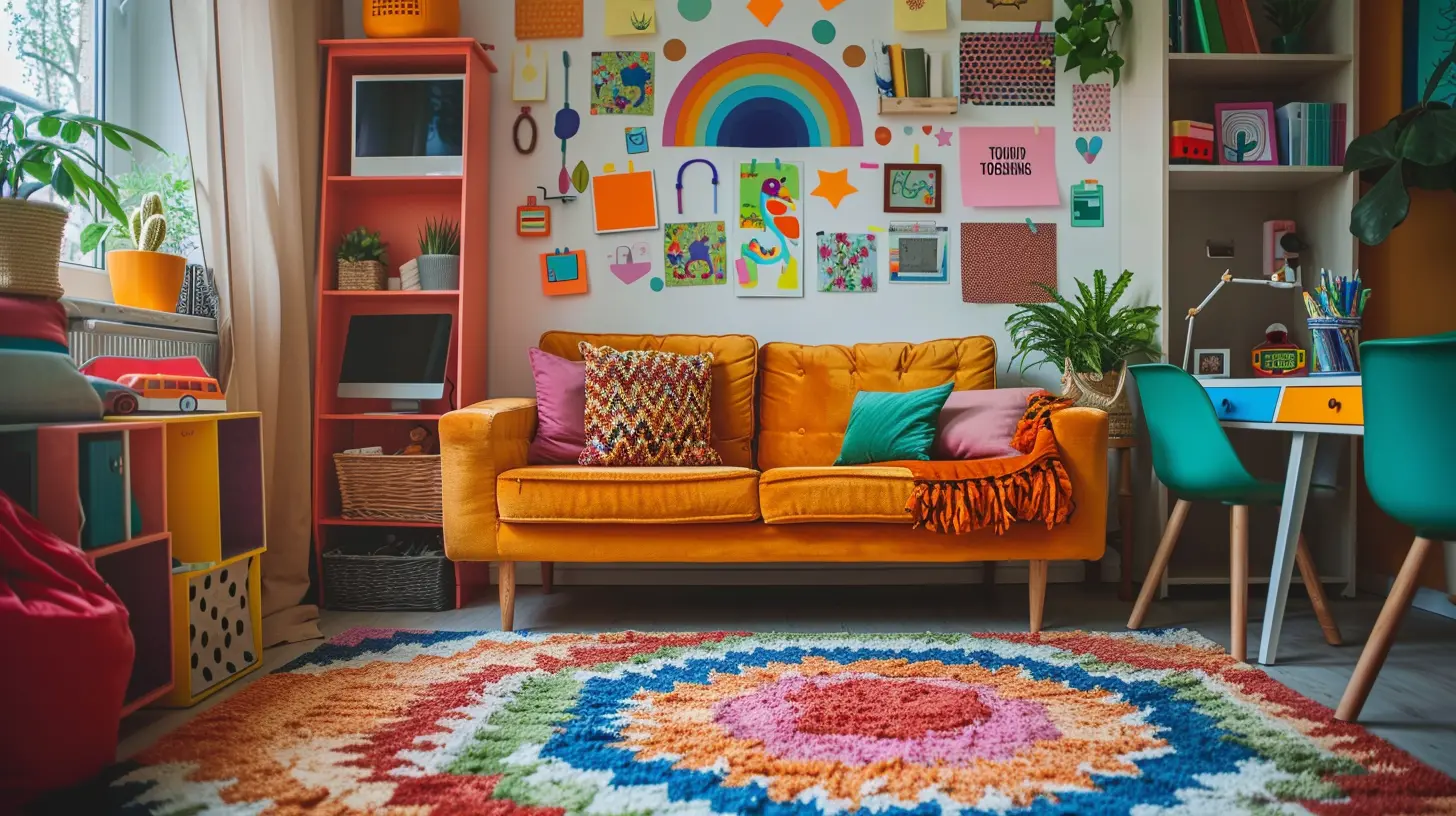Homeschooling in a Small Space: Tips for Maximizing Learning
1 October 2025
Homeschooling is a beautiful journey, but it can come with challenges—especially when space is limited. You don’t need a sprawling classroom to provide a rich learning experience for your children. With some creativity and smart organization, you can create a productive homeschooling environment, even in a small home or apartment.
In this guide, we’ll cover practical tips and tricks to make the most of your small space while keeping learning engaging and effective.
1. Embrace Multi-Purpose Spaces
When you don’t have a dedicated room for homeschooling, multi-functional spaces become your best friend. The dining table can double as a desk, and a small corner of the living room can transform into a cozy reading nook.Think about how each piece of furniture can serve multiple purposes. Can your coffee table store school supplies? Can a foldable desk be tucked away after lessons? Maximizing every inch of space is key!
2. Get Creative with Storage Solutions
Keeping learning materials organized is crucial when space is tight. A clutter-free space helps maintain focus, and luckily, there are plenty of clever storage ideas:- Wall-mounted shelves – Utilize vertical space instead of taking up valuable floor area.
- Rolling carts – Store books, art supplies, and teaching materials in a cart that you can move from room to room.
- Under-bed storage – Use bins or drawers under the bed to store textbooks, workbooks, or science kits.
- Over-the-door organizers – Perfect for storing flashcards, markers, and small supplies without taking up room.
When everything has a designated spot, your homeschool area stays functional and stress-free.
3. Establish a Daily Routine
In a small space, it can be easy for homeschooling to blend into everyday life, making it hard to separate learning time from leisure time. A structured routine helps bring balance.Set a consistent start time, create a schedule, and plan breaks to avoid burnout. You don’t need to mimic a traditional school schedule; instead, create a flow that works for your family.
A simple routine might look like this:
- Morning: Reading, math, and writing activities
- Midday: Lunch and outdoor play or movement
- Afternoon: Science, social studies, and creative projects
- Evening: Family reading time or educational games
Consistency keeps kids engaged and helps maintain order in your limited space.
4. Use Digital Learning Resources
Not enough room for stacks of textbooks and workbooks? Digital learning resources can be a lifesaver. There are countless online educational platforms that provide quality lessons and activities without taking up physical space.Some great options include:
- Khan Academy (free lessons on a variety of subjects)
- Epic! (an enormous library of digital books)
- Outschool (live virtual classes for kids)
- Duolingo (language learning made fun)
Using technology wisely can lighten your load and keep learning fresh and exciting.
5. Make Use of Outdoor Spaces
If your indoor space feels cramped, take learning outside! A nearby park, backyard, or even a balcony can serve as an alternative classroom. Nature walks, science experiments, and reading in the fresh air can enhance the homeschooling experience.Consider taking a lesson on the road—visit museums, historical sites, or even the local library for a change of scenery. Doing this not only utilizes space but also keeps learning hands-on and interactive.
6. Invest in Space-Saving Furniture
Furniture that folds or serves multiple purposes can be a game-changer for homeschooling in a small space. Look for:- Foldable desks and tables – Set up when needed, store away when done.
- Collapsible chairs – Easy to bring out for lessons and tuck away later.
- Murphy beds or loft beds – Free up floor space for a study area.
- Stackable bins and cube storage – Keep supplies organized without taking up much room.
Choosing the right furniture helps keep your home functional without feeling overrun by school supplies.
7. Prioritize Hands-On and Minimalist Learning
You don’t need a massive curriculum filled with endless workbooks. Instead, focus on a minimalist approach with hands-on learning materials.Try:
- Educational board games – Learning math and language skills while having fun.
- Experiments and DIY projects – Science comes alive with real-world exploration.
- Storytelling and discussions – A great way to develop comprehension and critical thinking.
- Printable worksheets – No need for physical books, just print what you need!
A minimalist approach makes homeschooling effective without overwhelming your small space.
8. Encourage Independent Work and Quiet Time
When homeschooling multiple children in a small space, things can get chaotic. Encouraging independent work allows kids to focus while giving you some breathing room.Create a quiet zone where kids can:
- Complete assignments on their own
- Read books in a cozy nook
- Listen to audiobooks with headphones
- Work on puzzles or quiet activities
Even a small corner with a comfy chair and a desk lamp can serve as the perfect independent work area.
9. Declutter Regularly
With limited space, clutter can quickly take over. Make it a habit to declutter homeschooling materials regularly:- Get rid of supplies your child has outgrown.
- Donate or sell old books and curriculum.
- Keep only what’s essential for the current school year.
A clutter-free space is a productive space. Less mess means less stress and more room to focus on learning.
10. Make Learning Portable
Who says learning has to happen in one spot? Sometimes, moving around can boost focus and creativity.Try:
- Lap desks – Kids can study on the couch, bed, or even outside.
- Clipboards for writing – Perfect for on-the-go learning.
- Baskets with supplies – Easy to grab and take anywhere in the house.
When learning is flexible, it makes homeschooling in a small space much more manageable.
11. Get the Whole Family Involved
Homeschooling is a team effort! When everyone chips in, it makes life easier.- Assign tasks to keep the learning area neat.
- Siblings can work together on projects.
- Parents can switch teaching roles for variety.
Working together keeps homeschooling enjoyable and prevents burnout.
Final Thoughts
Homeschooling in a small space may come with its challenges, but it also presents an opportunity to get creative. By maximizing multi-functional areas, using smart storage solutions, and embracing a flexible learning approach, you can turn any small space into a thriving educational hub.At the end of the day, it’s not about how much space you have—it’s about how you use it! With a little planning and a lot of love, homeschooling in a compact home can be just as enriching as any large classroom.
all images in this post were generated using AI tools
Category:
HomeschoolingAuthor:

Eva Barker
Discussion
rate this article
1 comments
Bella Wyatt
Thank you for sharing these valuable tips on homeschooling in small spaces! Your practical suggestions for creating an efficient learning environment are inspiring and will undoubtedly help families make the most of their resources. I look forward to implementing some of these ideas!
October 13, 2025 at 2:45 AM

Eva Barker
Thank you for your kind words! I'm glad you found the tips helpful and inspiring. Wishing you success in implementing them!


